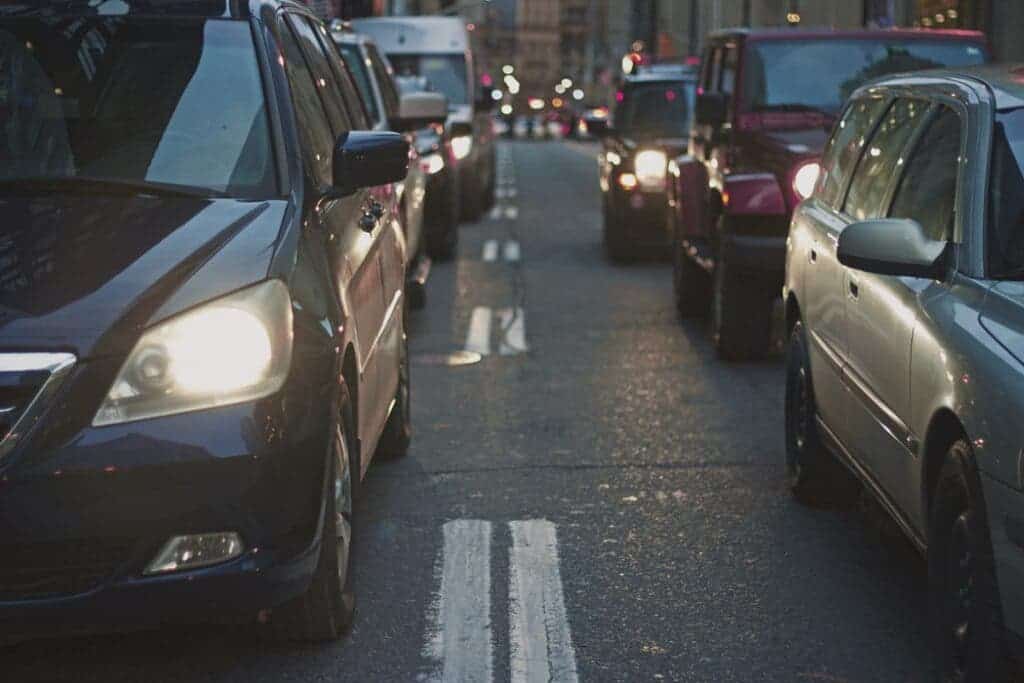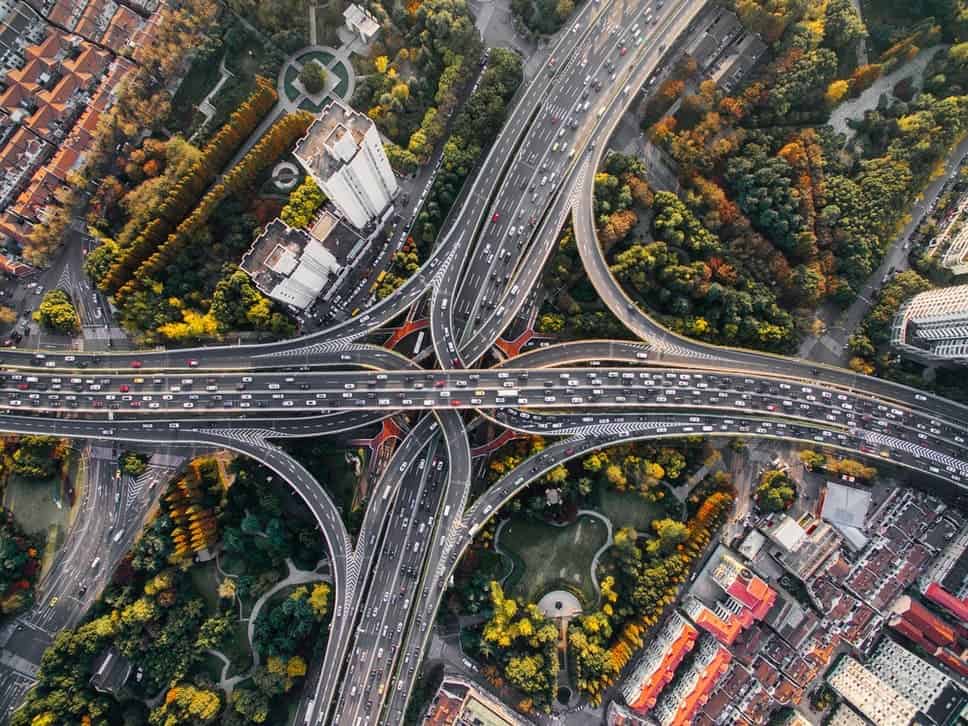
The M25 motorway circling around London, UK, can be a nightmare. Every day at rush hour, the traffic seems to stop. Drivers turn on the radio, have a sip of coffee, and prepare for a very long few miles. It’s hard to imagine going in and out of London without a traffic jam, and England’s capital is hardly an exception. Most if not all major cities are plagued by traffic jams.
Alexander Krylatov, a mathematics professor at St. Petersburg University, hates jams as much as the next guy. But unlike the next guy, Krylatov (alongside fellow mathematician Victor Zakharov) wrote a book about how traffic jams could be stopped — or at least reduced.
“Traffic flow theory began to develop 100 years ago,” the book starts off. A road network can be analyzed as a complex system composed of interdependent elements such as streets, junctions, traffic lights, traffic flows, and the like. Instead of allowing urban designers and engineers to do the job, let mathematicians take over, the book seems to say.
It makes sense. If we can realistically separate traffic into its constituent elements and understand the interplay between the different elements, we could make the whole system more efficient. To do this, we need four basic elements, says Krylatov.
- All drivers need to be on the same navigation system. Cars can only synchronize and efficiently reroute if they have access to the same information. Different systems can work, but they need to communicate together to solve traffic jams.
- Parking bans. Too many urban roads are too narrow and cannot be widened. Math-based traffic models can show where these ad-hoc parking spots can be turned into lanes.
- Green lanes. Many cities are already incentivizing electric car use. To do that, just treat them as buses and offer them special lanes.
- Digital twins. Build a digital copy of the real traffic. This model will be extremely useful. Traffic demands and available infrastructure can only be balanced with digital modeling that creates an entire “twin” of existing roadways. The software will be “an extremely useful thought tool in the hands of transport engineers.”
The principles aren’t necessarily new, they’re adapted from what mathematicians have been saying for half a century. In 1952, English mathematician and transport analyst Glen Wardrop first spoke of the principle of equilibrium — the idea that you can simulate traffic mathematically by assuming that each driver is selfish and focuses on their personal goals. Models that are built based on this principle are more accurate, because they incorporate a realistic component to how people drive on the roads (realistically, it’s probably safe to assume that most drivers are selfish). But driver behavior can be shifted subtly through infrastructure planning.
If drivers (or cars) can communicate with each other, they can adjust more efficiently. We’re already seeing this with the likes of mapping software like Waze or Google Maps — if the shorter road is crowded, another route is recommended, and the system flow is optimized.
Of course, measures like banning parking on some streets are somewhere between unpopular and impossible. But widening some roads and narrowing others (by shifting parking spaces from one to the other, for instance) could substantially improve traffic flow.
The first challenge, however, is to digitize everything.
‘By building digital twins of the transport system and using them to optimise flows, it will be possible to achieve a balance between the demand for using the system and the infrastructure capabilities. It is unlikely that this can be done without economic digitalisation,’ notes Victor Zakharov.

Mathematical study also reveals some counterintuitive aspects. For instance, the construction of road junctions sometimes creates more inefficiency.
All in all, the mathematical approach is better than the engineering one, researchers sum up.
‘Every year, a considerable budget is allocated for improving roads. The mathematical theory of traffic assignment suggests a set of solutions for the efficient management of these funds,’ Zakharov says ‘The mathematical approach in this case is superior to the engineering and economic one. It makes it possible to analyse the entire transport network, with respect to the complex laws of the mutual influence of its individual elements on each other. We have done a lot of work in the field of simulating traffic flows and networks. Now we want to pass on to the stage of putting our ideas into practice.’
Whether or not their approach becomes popular remains to be seen. Traffic engineers are increasingly using mathematical models, but there’s also a political aspect: sometimes, efficient change is simply unpopular, and decisionmakers are often unwilling to displease their voters.
As always, it seems, the way to improve things involves getting people to listen to math. But they rarely do.






